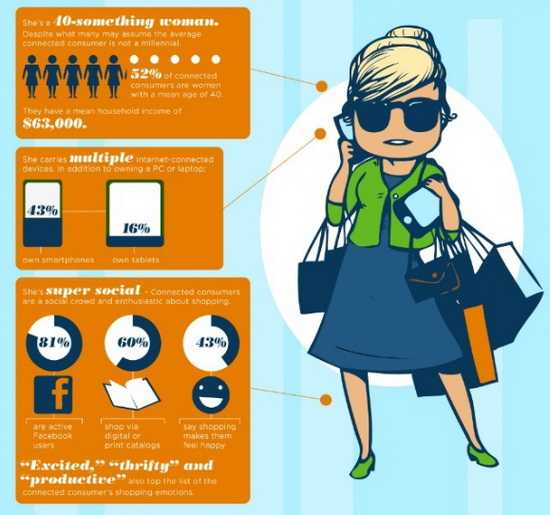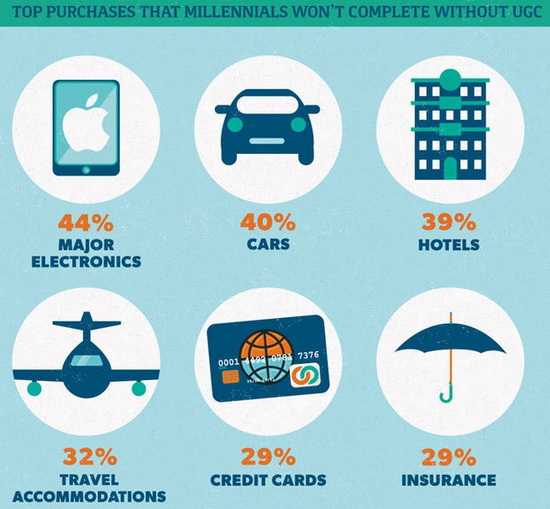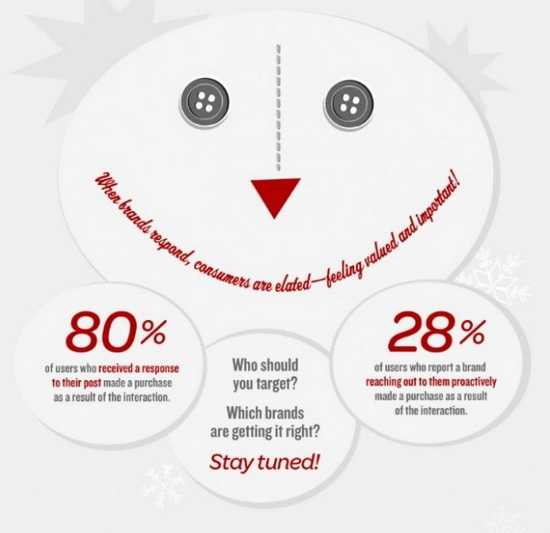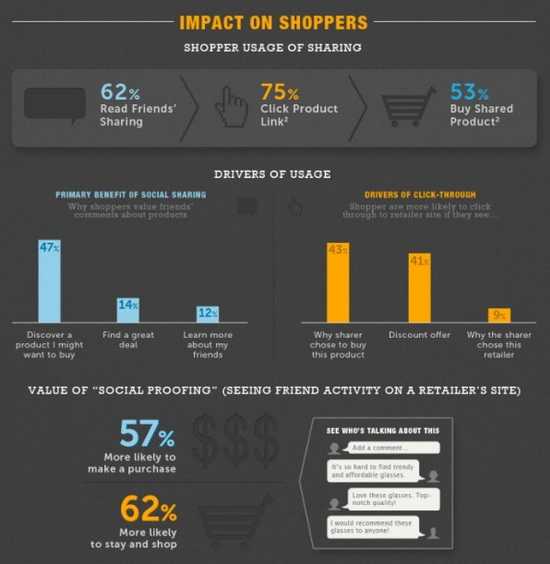The internet categorically and unequivocally changed the way we shop forever, but there’s a new player in town when it comes to shopping styles for the 21st Century: social media.
While once upon a time, shopping online was a solitary activity – a stark contrast to the social shopping of yesteryear, thanks to social media, ‘social shopping’ is making a comeback. These infographics show us how:
Meet The Connected Consumer

This clear, colourful, and concise infographic uses percentage statistics to demonstrate who our average connected consumer is (in case you were wondering, ‘connected consumer’ refers to those who have most embraced online shopping).
What do we learn:
- That despite what most might believe, it’s not the teens and twenty-somethings that shop online most regularly – it’s in fact, women in their forties. Why? While we can’t say for sure, it’s most likely a combination of watching and playing along with the internet as it evolved, and of course, more disposable income at their fingertips.
- Most ‘connected consumers’ carry more than one portable internet-connected device – in addition to owning a laptop or desktop computer.
- ‘Connected consumers’ almost unanimously prefer browser based shopping over apps.
Talking To Strangers: How Social Influences Millennials’ Shopping Decisions

For those who were wondering, ‘Millennials’ are those born between 1981 and 2000; the ‘children’ of the internet.
It’s this age group that have grown up with the internet and social media and are soon to become the world’s biggest online spenders. This infographic looks at what the Millennials think and how they shop: social brands, listen up – chances are, many Millennials know more about using social media than you.
What do we learn:
- 84% of Millennials claim to be influenced by user generated content (UGC). Only 70% of Boomers (the generation before) claim the same thing.
- There are many items that a huge proportion of Millennials claim they will not purchase without referring to UGC; this includes: cars, hotels, credit cards, insurance, and expensive electronic goods.
- 51% of Millennials claim that they trust the opinions of strangers on websites more than their own friends and family.
How Social Media Affects Holiday Shopping

The holidays are a time during which most of us let loose and spend, spend, spend. It’s a vital time for brands to profit, and in a climate where spending throughout the rest of the year is down, many companies report relying entirely upon the Christmas period to see them through.
This infographic looks at how social media affects the biggest shopping period of the year.
What do we learn:
- 66% of social media users who made a purchase on Black Friday or Cyber Monday did so entirely because of interactions on social media channels.
- 36% of social media users report trusting brands with a social presence more than those without.
- 52% of social media consumers said they will pay more for brands they trust.
Social Impact of Facebook for Consumers

If there’s one social media channel that’s deserving of the accolade of the social media channel, it’s Facebook. This infographic focuses specifically on the influence Facebook has over consumers’ shopping habits.
What do we learn:
- That when consumers make a purchase online that they love, the often share it with their friends on Facebook.
- 62% of social users report reading what their friends share, 75% of those then click on the product link, and a further 53% of those go on to buy the product.
- 57% of social users are more likely to make a purchase upon seeing their friend’s activity on an ecommerce site.
While there’s a lot of awesome stuff here for the 21st Century brand to consume, easily the most predominant takeaway is that if brands want to succeed in a market that’s gone social they need to be embracing transparency and engaging with their customers.
Brands today can’t hide behind marketing, advertising, and clever PR. The internet and the lines of sharing and communication it’s launched has opened a window into our lives, and if brands want to succeed, they need to be social.












